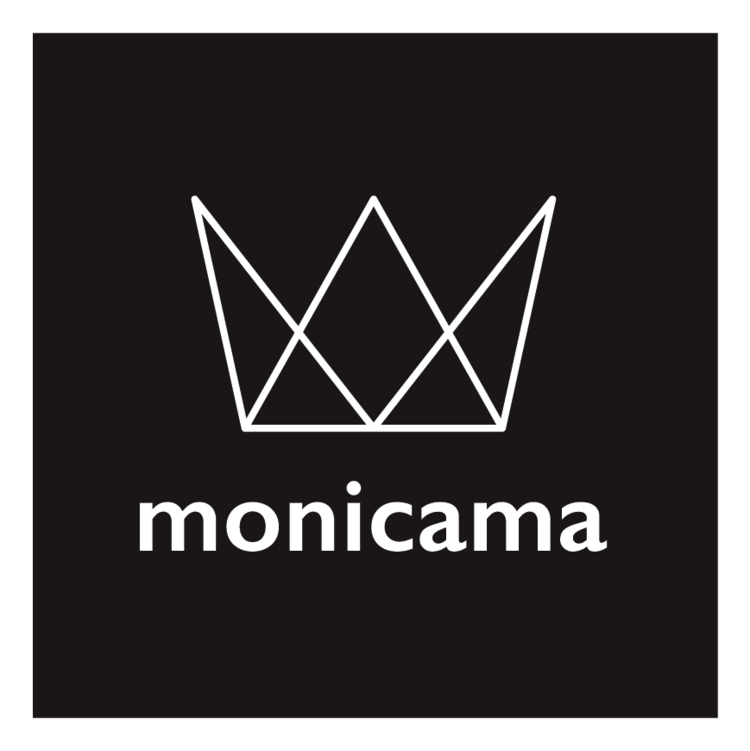User experience design (UX design) is a multidisciplinary and fascinating field that has been recently in high demand. It considers each element that shapes our interaction with a product or service, how it makes us feel, and how useful it is in helping us accomplish what we need to do.
What is User experience (UX)?
UX design is centered around the concept of user experience.
User experience - UX for short - refers to any interaction we have with a product or service, whether it’s digital or otherwise.
User experience can be good and bad, intuitive or not. For example, if it took you five minutes to figure out how to turn on a robot vacuum cleaner, that’s an example of a poor user experience no matter what else it can do.
What is User experience design (UX design)
Whether we are talking about a digital product or a physical product, the goal of UX design is to create easy to use, time-efficient, relevant, and joyful experiences. In order to create these experiences, UX design should fulfill these four requirements:
Meet the user’s needs
In the case with a vacuum cleaner, your need is to vacuum the floor. In this example, the product does eventually meet this need, when you figure out how to turn it on.
Be intuitive
The fact that it took you 5 minutes to figure out how to use it tells you that user experience is not intuitive.
Give the user freedom and control
Imagine having a robot cleaner you can’t figure out how to stop. You could only turn it on, and it continues cleaning until it runs out of battery. Believe it or not, this is something I’ve actually encountered in real life, and the robot cleaner ended up in the trash can.
The best user experiences are the ones that give us full control over what's going on that doesn’t require you to read the manual.
Surprise and delight
We all enjoy using products that surprise and delight us. Why do millions of people hang out on Instagram? There’s this atmosphere of happiness, lightness, and joy, which is integrated on multiple levels throughout the product.
History of UX design
Far from being a purely modern concept, elements of UX design can be traced back as far as 4000 years ago, to the Chinese philosophy of Feng Shui with its focus on arranging surroundings in the most harmonious and user-friendly way.
The first person to coin the term “UX” and “user-centered design” in the 90s and to have the title of “UX” for his position was Don Norman. He was a writer and a consultant in cognitive engineering with a M.S. degree in Electrical Engineering and a PhD in Psychology. Don Norman is an author of the book The Design of Everyday Things, which has been a UX design staple since.
Read more about the history of UX design here.
UX history timeline: Feng Shui, Ergonomics, Taylorism, Toyota, Henry Dreyfuss, Disney, Xerox, Apple, Don Norman
Stages in UX design
There are five main stages in UX design: Empathize, Define, Ideate, Validate, and Iterate.
The design process leads with Empathy. At this stage designers investigate and understand the motivations, needs, goals, and problems of a group of people they design for.
After this, during the Define stage, research data is analyzed and interpreted into a clear sense of direction.
During the Ideation stage, designers generate ideas finding ways to solve user’s problems.
Then comes the Validate stage when ideas are validated with real people.
Designers don’t stop refining the strategy and execution after validating the design. What follows are design iterations - continuous improvement and product development over time using all five steps.
Stages in UX design: Empathize, Define, Ideate, Validate, Iterate
UX design disciplines
As you can see from the stages above, UX design is a broad umbrella term for four main disciplines: Experience Strategy, Interaction Design, User Research, and Information Architecture.
Experience strategy is a combination of business strategy and addressing user’s needs with a design solution.
Interaction design has the goal of creating intuitive designs that allow users to fulfill their goals and encompasses all of our interactions with the product.
User Research gives designers a wide set of tools to learn more about users, from creating personas to conducting user interviews, diary studies, surveys, and more.
Information Architecture is all about organizing content in a meaningful and accessible way.
UX design disciplines: Experience Strategy, Interaction Design, User Research, Information Architecture
If the world of UX design sounds fascinating, here are some additional resources that will help you learn more!
Career Foundry
Usability Geek
Nielsen Norman Group
UX Movement
UX Collective
Google UX Design Professional Certificate
To sum up, UX design is an amazing field to get into if you enjoy problem solving, design thinking, applied psychology, and visual design. For me UX design is all about creating behavior change on a mass scale, whether it’s advocating for sustainable consumption or for all-inclusivity and equality.





